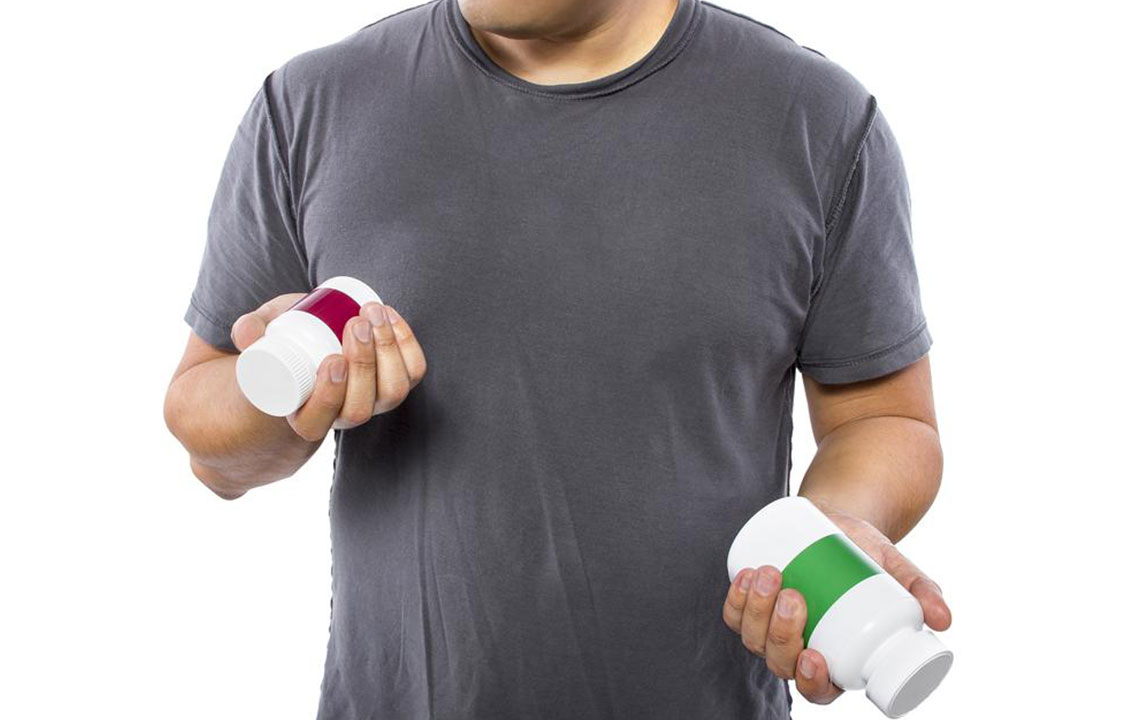Comprehensive Guide to Managing Urinary Incontinence: Solutions and Products
This comprehensive guide explores various urinary incontinence management solutions, including protective wear, specialized devices for men, and additional accessories. It offers practical tips on selecting suitable products based on individual needs, helping millions enhance comfort, hygiene, and confidence in daily life. Whether mild or severe, effective options are available to improve quality of life for those affected by urinary leaks.

Understanding and Addressing Urinary Incontinence with Effective Devices
Urinary incontinence, a condition characterized by involuntary leakage of urine, is a health issue that affects a significant portion of the population worldwide. Discussing the topic can be sensitive, yet awareness is crucial because millions of individuals face this challenge daily. Studies indicate that approximately 25 million people in various countries suffer from different forms of urinary incontinence, ranging from mild leaks to severe episodes that impact quality of life. While it more commonly affects women—often during pregnancy, childbirth, or menopause—men are also widely affected, particularly due to prostate health issues. Despite the higher prevalence among women, men tend to experience more substantial urine loss when affected, sometimes losing up to three times as much urine as women in similar conditions. Fortunately, the market today offers a vast array of products designed specifically to help manage this condition effectively, allowing individuals to regain comfort and confidence.
Whether symptoms are mild, moderate, or severe, there are tailored solutions that can provide significant relief. These solutions not only help control leaks but also improve daily comfort, reduce odor issues, and promote better skin health. Proper selection of the right products depends on individual needs and circumstances. Here are some essential tips to consider when choosing appropriate incontinence aids:
Assess the severity level: Understanding whether your condition is mild, moderate, or severe is key to selecting suitable products.
Ease of application and removal: Comfort and convenience should be prioritized, especially for daily use.
Cost and availability: Choose products within your budget, and ensure they are readily accessible in your area.
Durability and longevity: Some solutions are designed for multiple uses, while others are disposable, so select according to your lifestyle needs.
The market offers diverse protective wear options to fit various degrees of incontinence. Here's a comprehensive overview of the main categories:
Protective Wear and Liners
Protective garments and absorbent pads are the most common tools used by those experiencing urinary leaks. They come in various designs, sizes, absorbency levels, and materials to suit different needs. High-quality disposable underwear are crafted from soft, cotton-like materials that ensure comfort during prolonged wear, whether day or night.
Disposable underwear: Designed with inner layers capable of absorbing liquids up to twenty times their weight, these products provide adjustable and user-friendly solutions. They often come in multiple colors and styles, catering to both men and women, and are ideal for daily use as well as overnight protection.
Absorbent pads are another popular option, especially for convenience and discretion. They help mask odors and are easily replaceable thanks to adhesive strips that keep them securely in place. These are suitable for managing light to moderate leaks and are available in different sizes for optimal fit.
Absorbent pads: Disposable, odor-neutralizing, and designed for quick change, these pads are a convenient choice for many users.
For those requiring more comprehensive protection, protective briefs and underpads offer waterproof layers combined with absorbent cores, often treated with antibacterial and antifungal finishes to minimize skin irritations. Some models feature adhesive strips for added security during movement.
Protective briefs and underpads: Reusable and washable options that resemble regular underwear with built-in pads and waterproof liners, providing a discreet and comfortable solution, suitable for both day and night use.
Additionally, plastic pants serve as an extra layer of protection for mild to moderate leaks. They fit over standard underwear, preventing leaks from escaping and offering peace of mind during daily activities.
Specialized Devices for Men
For men experiencing urinary incontinence, several specialized devices can help manage symptoms effectively:
Compression Devices: Padded compression pouches are designed to apply gentle pressure to the penis, helping to prevent involuntary urine flow. They are typically worn during the day and can provide relief for 3 to 4 hours but are not recommended for overnight use due to comfort considerations.
Kegel Exercise Tools: Strengthening pelvic floor muscles through Kegel exercises has been proven to significantly reduce incontinence. Modern Kegel exercisers assist women in activating the correct muscles effectively, making them some of the top recommended market options for bladder control improvement.
Male Protective Guards: Small, discreet devices that fit over the penis tip, these guards are suitable for light to moderate leaks, providing a comfortable and unobtrusive solution.
Condom Catheters: Fitting around the penis, these devices channel urine directly into a collection bag attached to the leg or abdomen. Ideal for extended use, they are especially helpful for individuals with mobility issues or during nighttime.
Additional Accessories and Solutions
Beyond the primary protective products, several accessories and supplementary solutions enhance comfort, hygiene, and skin health:
Pessaries: Devices inserted into the vagina to support pelvic organs and manage incontinence symptoms.
Gentle Skin Cleansers and Barrier Creams: Products that prevent skin irritation caused by urine contact, maintaining skin integrity and preventing infections.
Washable Sheets and Linens: Designed for easy cleanup and to protect beds and furniture from leaks.
Odor-Neutralizing Sprays: Used on linens, clothing, and bathroom surfaces to maintain freshness and discreetness.
Moisturizing and Barrier Ointments: Applied to sensitive skin areas to prevent irritation, especially during long-term use of incontinence products.
It is essential to consult with healthcare professionals to identify the most suitable solutions tailored to your specific condition. Proper diagnosis and personalized management plans can significantly improve quality of life for those dealing with urinary incontinence. Whether it's through advanced incontinence products, lifestyle adjustments, or therapeutic exercises, help is available to manage symptoms effectively and regain control.





